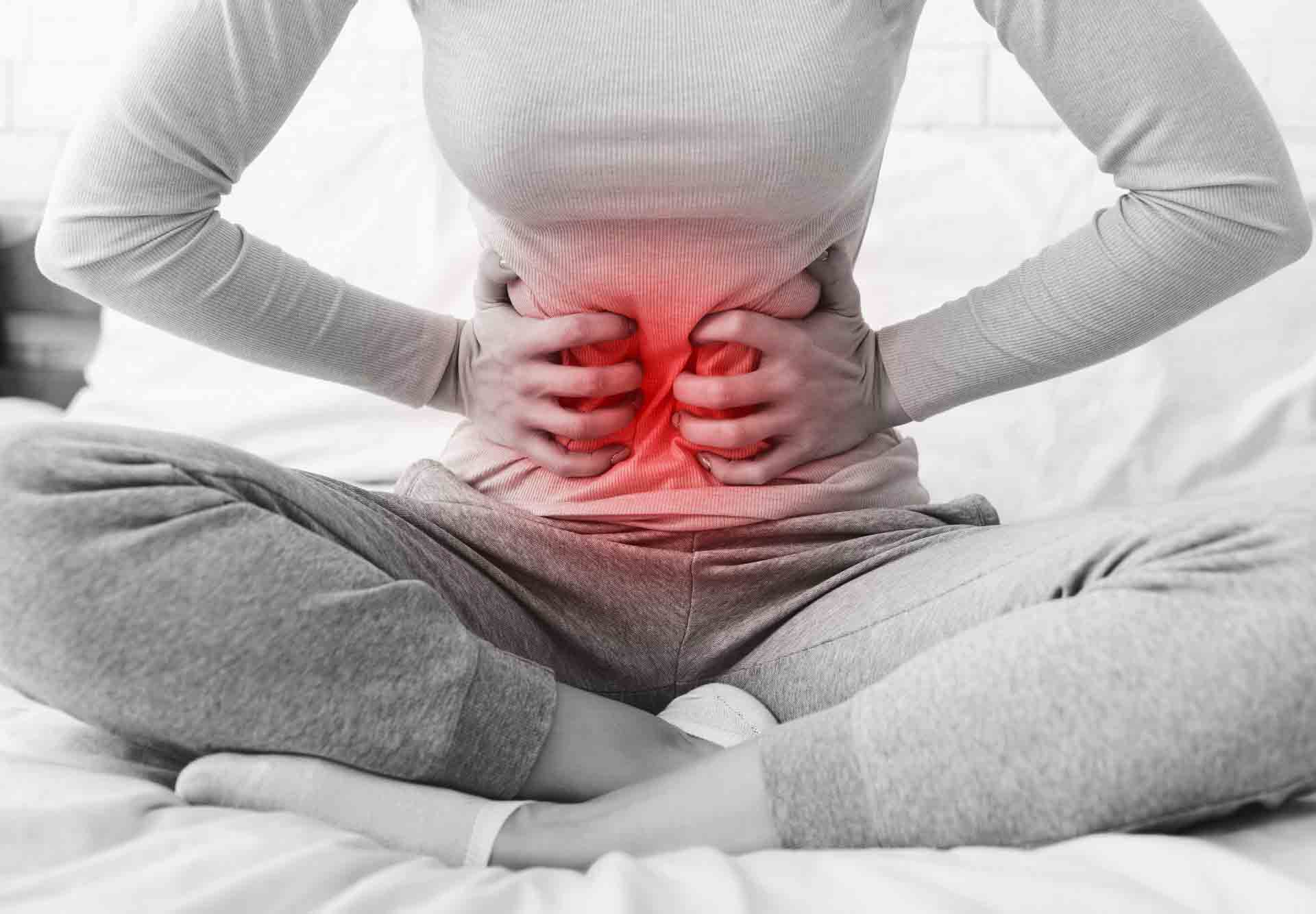It is simple to confuse the cramps associated with implantation, known as implantation cramps, with menstruation cramps. Understanding the differences between the two will help you determine whether you are experiencing early signs of conception or the start of your menstruation.
You start to feel light cramps in the bottom of your abdomen a few days before your menstruation. If you are attempting to conceive a child, the cramps may cause you to question whether you are experiencing premenstrual syndrome or implantation symptoms. Differentiating between the two can be difficult at times. However, there are a few essential methods to differentiate the cramps associated with implantation from the cramps associated with menstruation. The following guide will help you determine whether you are about to have your period or whether you have successfully conceived a child.
What Exactly Are the Cramps During Implantation?
The implantation of a fertilized egg can sometimes be accompanied by a condition known as “implantation cramps,” which are cramps that occur in the muscles. When a fertilized egg adheres to the uterine lining, the implantation process takes place, claims Jingwen Hou, an OB-GYN at Kaiser Permanente in Hawaii who specializes in reproductive endocrinology and infertility. This is the first step at the beginning of a pregnancy. In addition, this procedure can result in some stomach cramping, which may seem like a moderate ache or even like the beginning of your period cramps.
Although many people do not have any obvious indicators of implantation, approximately thirty percent of people report having some cramping during implantation. There are cases in which implantation cramps are accompanied by spotting that is light pink or brown, however it is also possible to experience implantation bleeding without cramping.
When Does the Cramping That Comes With Implanting Take Place?
The cramping that can occur during implantation does not affect everyone. If you have cramping, it is common to start anywhere from three to ten days after ovulation, or between two to nine days before your period is due to arrive. Due to the similarity in time, many people confuse the cramps associated with implantation with those of PMS. “Because of the timing of it, it can be difficult to identify if you are having your period or if it is an indication of very early pregnancy,” explains Dr. Hou. “You may suffer cramps for both.”
What Does It Feel Like When You Have Implantation Cramps?
Implantation cramps can have a sensation that is quite comparable to that of menstrual cramps, however they typically have a lower severity. In contrast to the moderate to severe cramping that some women report experiencing with their periods, most women report that the cramps they feel after implantation are not nearly as painful. Some people report feeling a faint pulling, tingling, or prickling sensation when going through the implantation process.
Where Do You Feel the Cramps Associated with the Implantation?
Unlike menstrual cramps, the pain associated with implanting a baby is typically felt in the lower abdomen. During the implantation process, not everyone experiences cramps. Those who do may feel cramping in their lower back or lower abdomen as a result of the implantation process. Sometimes, the cramps associated with implantation only appear on one side of the body.
How Long Does the Cramping Associated with Implantation Last?
The duration of the cramping that occurs during implantation can vary from person to person, although it often does not continue for more than a few days. A few folks report feeling a few tiny twinges here and there over the course of a day or over the course of a few hours. On the opposite end of the scale, some people get intermittent cramping, meaning it occurs here and there over the course of one to three days.
What Should You Do If You Are Experiencing Implantation Cramps?
It’s possible that the cramping you’re experiencing is related to implantation if it doesn’t coincide with your period. It is a good idea to get a pregnancy test if you have any suspicions that you might be pregnant. Having said that, you might still want to hold off on testing.
According to Dr. Hou, if you are experiencing cramps during the period of implantation, it is most likely still too early for a home pregnancy test to provide an accurate result. Home pregnancy tests determine whether or not a woman is pregnant by measuring the levels of human chorionic gonadotropin (hCG) in her urine. For the test to be accurate, the hCG levels in the woman’s body must be high enough. Home pregnancy tests provide the most accurate results when used after a period has been missed; nevertheless, they may detect pregnancy earlier (some as early as 10 days after conception).
Sharp and Radiating Pain Should Not Be Ignored
You should seek medical attention if your cramps are severe and spread across your pelvis and abdomen. If the embryo installs itself somewhere other than the uterus, this could be a sign of an ectopic pregnancy. Symptoms of an ectopic pregnancy may also include bleeding from the vagina, pain in the shoulder, vertigo, and weakness. This kind of pregnancy cannot continue to term and if the woman carrying the pregnancy does not get treatment, she could be faced with a life-threatening situation.
The Heart of the Matter
It can be difficult to tell the difference between pains associated with implantation and cramps associated with menstruation. However, you may be experiencing implantation cramping if you do not regularly experience menstrual cramps, if your cramps feel different than normal, or if your period does not come when it is expected. If your period is late, you should get a test to confirm your pregnancy.
Meaningful articles you might like: 10 Things You Probably You Didn’t Know About The Vagina, Cramps How To Treat Them. Managing Cramps and Swelling from Pregnancy Leg Pain

